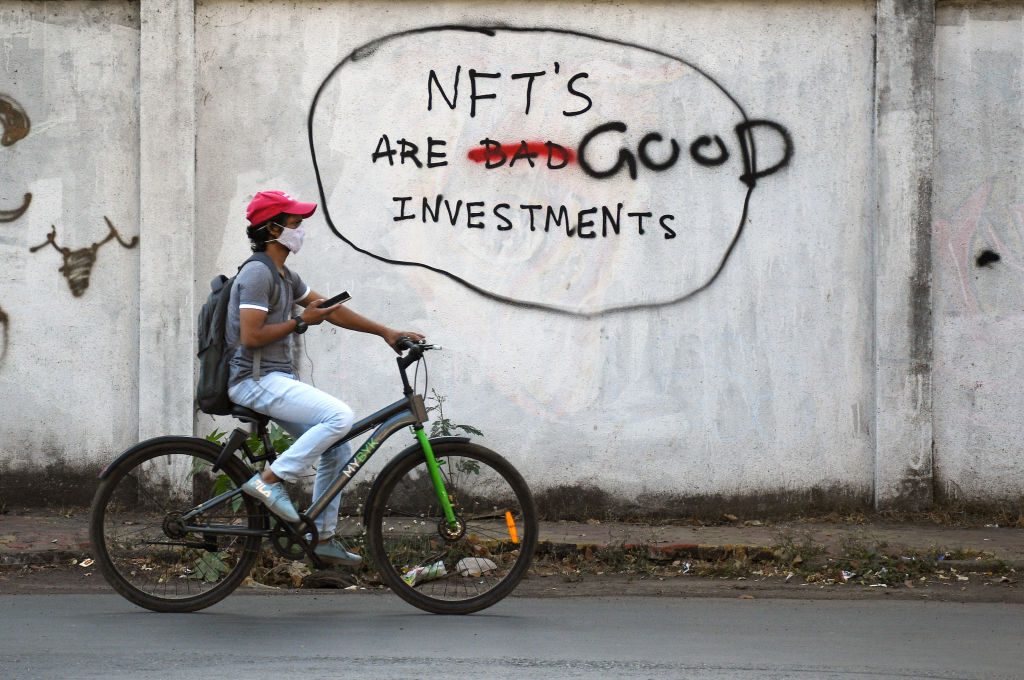NFTs
Animation, Music, and Insider Info: Here’s What Makes Some NFT Drops More Successful Than Others, According to a New Study
It helps to be a seasoned investor.

It helps to be a seasoned investor.

Dorian Batycka

Ever wonder what makes a successful NFT drop? Is it sales? Celebrity clout? A popping discord? You’re definitely not alone.
A team of researchers from Temple University and the University of Chicago attempted to isolate what differentiates a successful drop from an unsuccessful one, looking at a wide-range of factors, from floor price to volume, for a study published in February.
The researchers split 300,000 NFT wallets into two separate groups, experienced traders and new ones, using publicly available information gleaned from OpenSea, the world’s largest NFT marketplace, which offers popular collections such as CryptoPunks and Bored Ape Yacht Club.
The study’s three authors analyzed data from 692 individual NFT collections to determine the qualities that factor into price growth both on the primary and secondary markets.
Perhaps unsurprisingly, they found that experienced investors make on average 10 percent more per trade, as “collections with higher experienced investor participation are more likely to mint out, mint out faster, and experience higher post-mint price growth.”
To explain this, the research narrowed in on the specific factors that relate to the success of individual NFTs. Do they have a roadmap (a set of clear goals and milestones)? A website? Are the founders on Twitter? Discord?
They found that projects with roadmaps were 8.5 percent less likely to sell out, despite the fact that after seven days they were up on average 9.8 percent from original mint price. After 28 days, NFTs with publicized roadmaps were down on average 5 percent from the original mint price, likely due to what researchers speculated was a fizzling out, as well as over promising and under delivering.
The report also found that derivative NFTs, projects that use the creative assets and intellectual property of existing NFTs, were also much less likely to succeed. They found that derivative NFTs were down on average 65.8 percent from mint price after 28 days. The one notable exception, according to the report, were derivative NFTs based on the Bored Ape Yacht Club series, which were up 1,256 percent in the 28 days after mint.
Perhaps the most surprising conclusion that the researchers found was that 3D art did not equate to any meaningful financial success in individual NFTs. They found that 3D art collections were on average 2.2 percent more likely to sell out, but that after 28 days they were down 23 percent from the original mint price.
Conversely, the study found that NFTs that included animations and music were much more likely to achieve success. Animated projects were on average 5.3 percent more likely to mint out, while projects that featured music were 7.7 percent more likely to sell out. Animated projects saw an average rate of return up 38 percent 28 days after mint, while those that contained music saw an average 71.5 percent increase.
When it comes to social media, the report determined that collections that promote the Twitter profiles of their founders were 6.1 percent more likely to sell out, increasing by an average value of 72.2 percent in the 28 days after mint.
Traders with more experience also garnered 43.5 percent higher returns when trading the same collection as those with less experience, the study said, alongside a 39.5 percent average higher rate of return when trading the exact same NFT.
The researchers speculated that this is likely due to the fact that experienced traders hold their NFTs for a much shorter period of time: “experienced investors tend to sell NFTs that are doing well, whereas inexperienced investors tend to hold on to them,” the study found.
Overall, the results “suggest that NFT markets are characterized by high degrees of informational inefficiency,” the report concludes, “allowing investors with informational advantages to systematically extract profits.”
One caveat is that the study was published in February, at the very peak of the NFT market. In January, NFT sales totaled $4.5 billion, just below the market’s all-time high of $4.9 billion, set in August 2021. Since then, the market has been in free fall with floor prices plummeting and major NFT collections shedding considerable weight.
This means that when times are good those who have access to information, data, and can follow the patterns of experienced NFT traders, are much more likely to have success buying and selling non-fungible tokens. When times are bad? Buckle up.